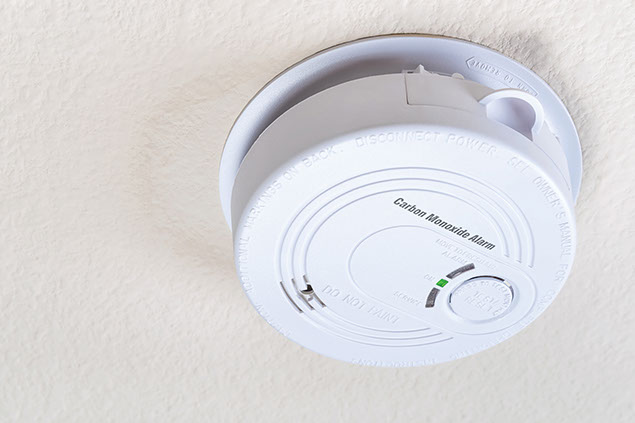SYMPTOM CHECKER
CONDITIONS
Male
Female
Child
Arm, Hand & Shoulder Concerns
Legs & Feet Concerns
Dental & Mouth Concerns
Ear & Nose
Eye Conditions
Head Conditions
Arm, Hand & Shoulder Concerns
Legs & Feet Concerns
Front
Back
Arm, Hand & Shoulder Concerns
Dental & Mouth Concerns
Ear & Nose
Eye Conditions
Head Conditions
Arm, Hand & Shoulder Concerns
Dental & Mouth Concerns
Ear & Nose
Eye Conditions
Head Conditions
Front
Back
Arm, Hand & Shoulder Concerns
Neck Links
Head & Neck Concerns
Arm, Hand & Shoulder Concerns
Neck Links
Head & Neck Concerns
Front
Back
Online Clinic
Wise Healthcare
Carbon monoxide – a serious, silent danger
Print on Demand
You may already know the importance of having a smoke detector in your home. But another hazard can be just as dangerous as a fire, and you can’t see it or smell it: carbon monoxide.
Carbon monoxide, or CO, is a deadly gas that comes from combustion fumes. These fumes are given off by cars and trucks, gas stoves and furnaces, gas water heaters, fireplaces, and generators, to name a few. Hundreds of people die from carbon monoxide poisoning each year, according to the Centers for Disease Control and Prevention (CDC).
Keep CO out of your home
Fortunately, you can avoid carbon monoxide poisoning with a few precautions:
• Install a carbon monoxide detector in your home. This purchase is an investment in your family’s safety. Replace the detector every five years.
• Have your furnace and any other gas, oil or coal-burning appliances serviced by a professional every year.
• Never use a generator inside your home, basement or garage. Keep it more than 20 feet from windows, doors or vents.
• Make sure all gas appliances are vented to the outside.
• Have your chimney checked or cleaned every year.
• Don’t burn charcoal indoors.
• Never use a portable gas camp stove or flameless chemical heaters indoors.
• Don’t run cars or trucks in a garage that’s attached to your house. If your garage is not attached to the house, be sure the garage door is open any time a car or truck is running inside.
Signs of CO poisoning
Because you can’t see or smell carbon monoxide (CO), it’s important to be aware of possible warning signs. A working CO detector will alert you to dangerous levels of CO. But, if you notice these signs, get everyone outside right away and seek emergency medical care:
• Headache
• Dizziness
• Weakness
• Upset stomach and/or vomiting
• Chest pain
• Confusion
People who are sleeping or who have had too much alcohol to drink may not notice the signs of CO poisoning. They may be killed by CO without ever feeling any signs. This is why it’s crucial to have a working CO detector in your home. Change the batteries in your detector at least twice a year.
This website is not meant to substitute for expert medical advice or treatment. Follow your doctor’s or health care provider’s advice if it differs from what is given in this guide.
The American Institute for Preventive Medicine (AIPM) is not responsible for the availability or content of external sites, nor does AIPM endorse them. Also, it is the responsibility of the user to examine the copyright and licensing restrictions of external pages and to secure all necessary permission.
The content on this website is proprietary. You may not modify, copy, reproduce, republish, upload, post, transmit, or distribute, in any manner, the material on the website without the written permission of AIPM.
2021 © American Institute for Preventive Medicine - All Rights Reserved. Disclaimer | www.HealthyLife.com
















































